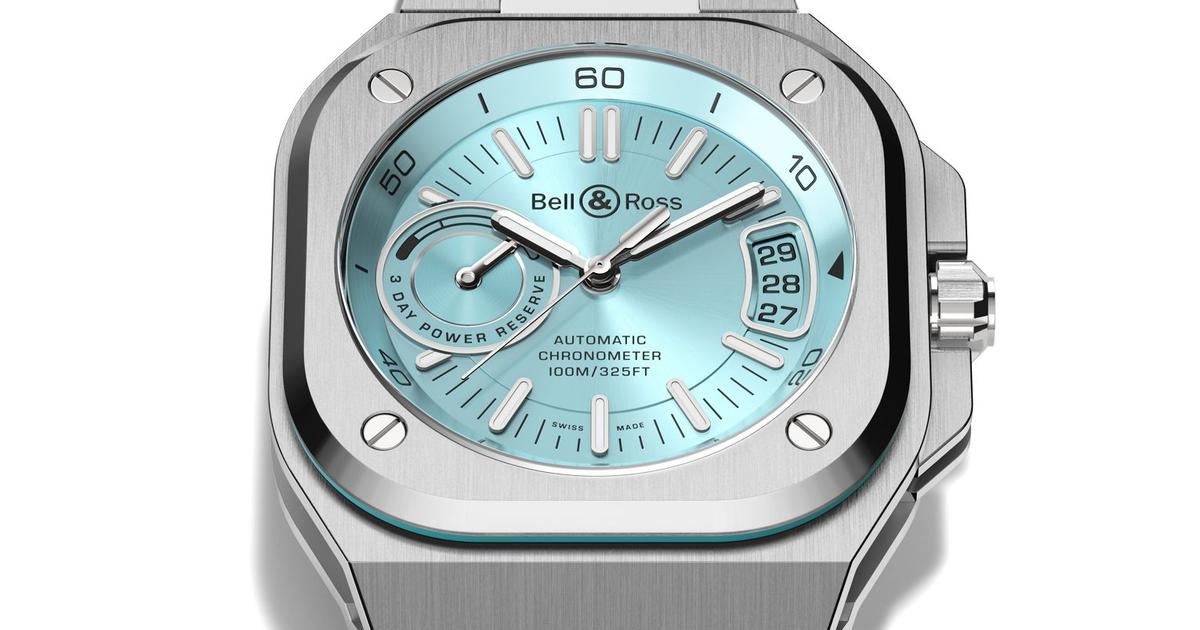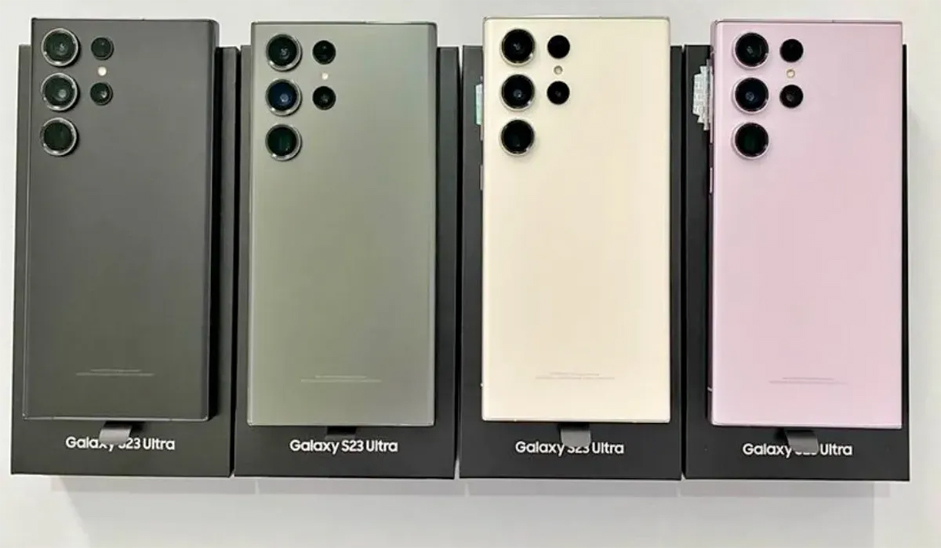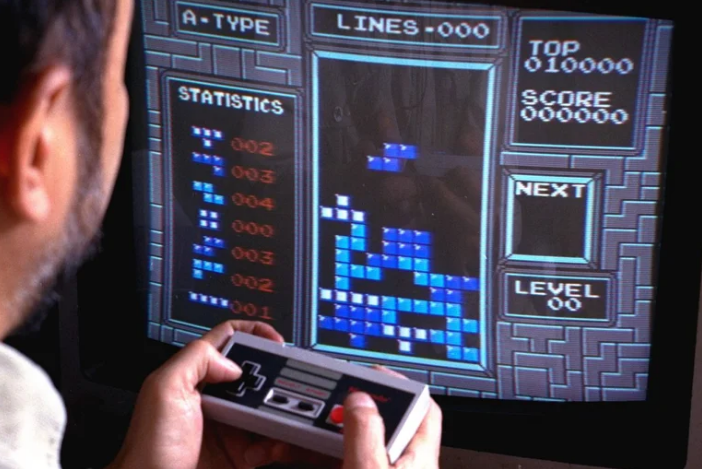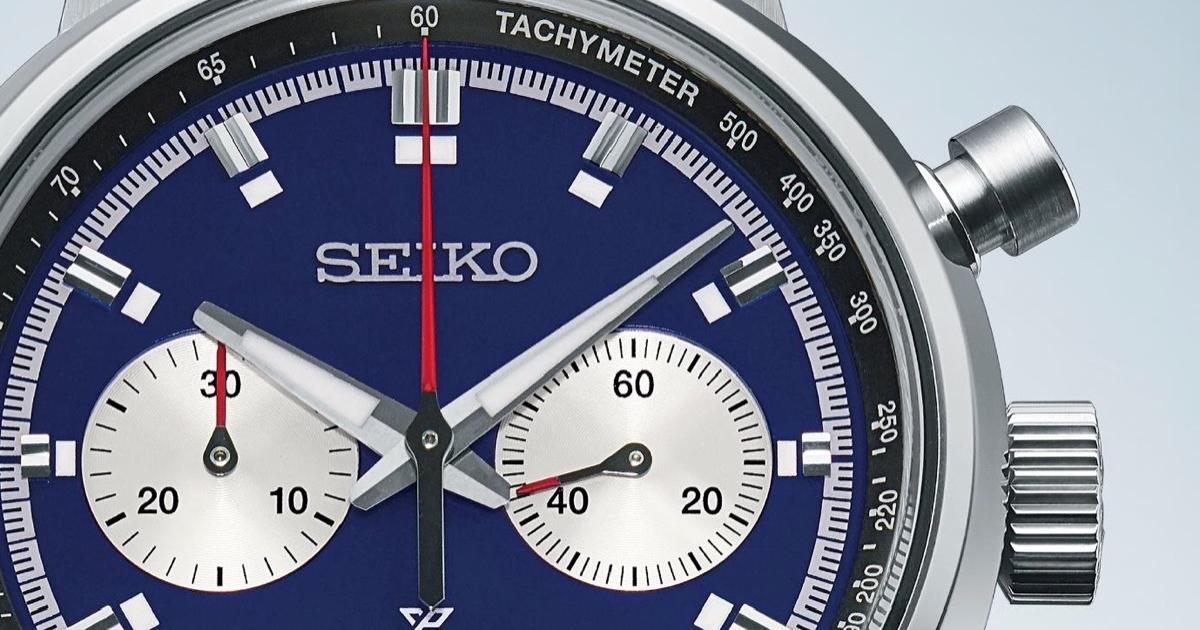With the release of a new mechanical edition, Seiko is paying homage to its chronograph from 1969. This edition is cut for precision.
In the 1960s, Seiko had already established itself as a major player in the watchmaking industry. The reputation of the company that was established in Tokyo by Kintaro Hattori about eight decades ago is already well-established. When it came to gaining the title of official timekeeper for the 18th Olympic Games, which were held in Tokyo in 1964, what gave him the confidence to do so was the fact that he had. In honour of the event, it will supply no fewer than 1,278 timing devices and, in the process of doing so, it will develop the very first quartz timing system. However, in addition to that, it will also be the first Japanese watch to feature a stopwatch. It will be the very first automatic chronograph watch in the world to feature both a column wheel and a vertical clutch. This search for accuracy and dependability would be pursued by Seiko in 1969 with the introduction of their incredibly accurate Speedtimer chronograph. Following the debut of the first vintage-inspired collection the previous year, the Japanese watch giant is back at it again this month with a new Speedtimer model that was modelled after one of its watches from 1969.
Seiko Prospex Speedtimer SRQ043 Seiko
It is driven by the in-house calibre 8R46, which was conceived of and assembled entirely by hand in-house by the most experienced watchmakers the brand has to offer. In the same vein as the design from 1969, this one has a column wheel mechanism in addition to a vertical clutch. Because the vertical clutch prevents the hands from moving in any direction or jumping, the accuracy of the time measurement is much improved. The column wheel allows for highly accurate control of the chronograph’s timing mechanisms. Therefore, by merely pressing the reset push-button once, its hands will instantaneously return to zero while remaining in perfect synchronicity with one another.
Caliber 8R46 Seiko
In this case, precision and readability are the deciding factors in the design. The push buttons on this watch have a broad and flat top surface, which makes for an easier and more accurate operation. The red chronograph hands are easy to see, and the slightly curved seconds hand towards the indexes and its tip extends to the tachymeter marks at the end of the dial provide additional information. In order to provide a stronger contrast with the blue dial, the sub-dials and railway markings along the edge of the watch have been rendered in white. In conclusion, Lumibrite has been extensively applied to the hour and minute hands, as well as the outside edge of the indexes, in order to ensure that the watch is legible even in low-light environments. Judikael Hirel
Seiko Prospex Speedtimer SRQ043, €3,200, (Seikoboutique.fr)



















































































